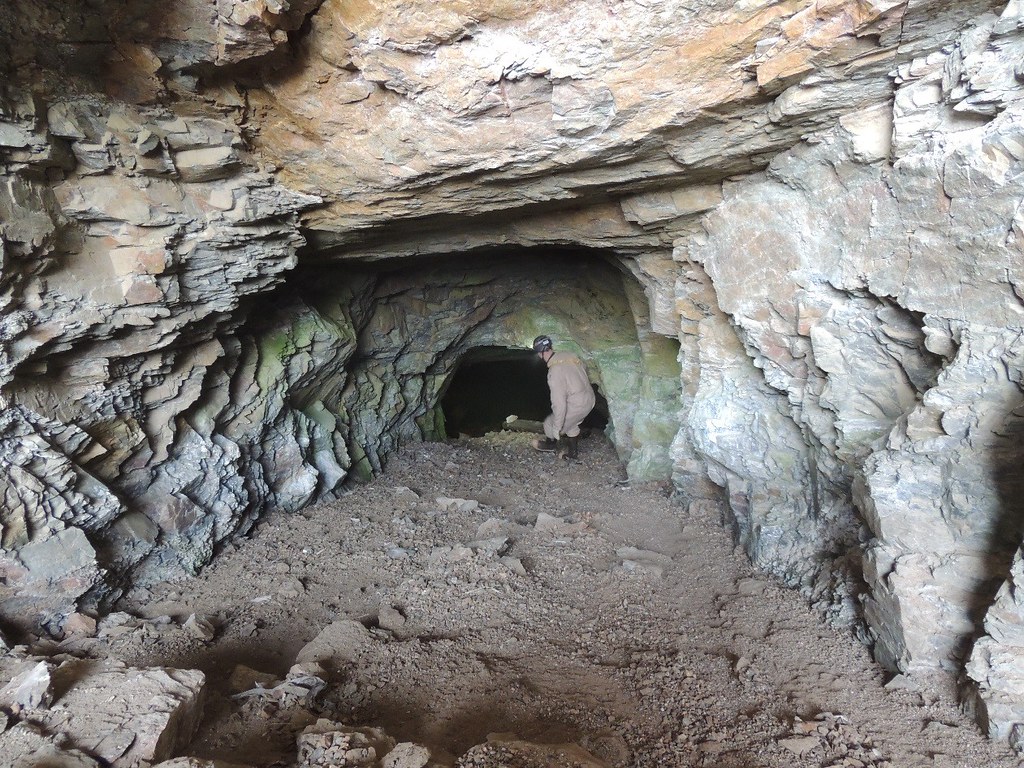Throughout the West, abandoned mines release toxic pollutants, harming water quality, fish, and recreation opportunities. The private sector has long expressed interest in cleaning up these mines, but federal regulations make such projects too risky by imposing unlimited liability on anyone who touches an abandoned mine—even to reduce pollution.
This is no theoretical concern. Consider Midas Gold’s proposal to restore parts of the Payette and Boise National Forests, which were heavily mined in the early 20th century, in exchange for the right to mine the area for the next 20 years. The abandoned adits and tailings on the site contribute dangerous levels of heavy metals and other toxins to the South Fork of the Salmon River, according to a U.S. Geological Survey study. The company’s proposal would seek to remediate these pollution sources and restore the watershed.
The proposal is controversial among conservation groups that believe too much mining is proposed relative to the area restored. The project remains under consideration by federal agencies, which may ultimately reject it or demand substantial changes.
The case is interesting not because of the dispute over how much mining should be allowed in exchange for restoration. Rather, the proposal demonstrates the serious obstacles faced by anyone considering cleaning up abandoned mines.
How many local governments, conservation groups, and mining companies could afford to clean up abandoned mines at the cost of such massive liability risk?
An opponent of the project has sued the company, seeking to hold it liable for the environmental consequences of historic mining in which the company played no role. According to that lawsuit, by acquiring access and other rights to the site, the company gained “control” and is liable under the Clean Water Act for the pollution coming from the site’s abandoned mines.
The suit seeks up to $54,833 in penalties for each day that the abandoned mines leak pollutants into the headwaters of the Salmon River. It also seeks to force the company to perform the restoration work it has proposed (and likely more) without the benefit of any mining to offset the costs.
The company asked the court to delay consideration of the case while federal agencies considered its proposed plan. It noted that the mere threat of these penalties would undermine its ability to raise funds to pursue its plan to restore and then mine the area, even if the agencies eventually issued permits and took other steps to protect the company from liability. But the court denied that request, and the potential fines continue to mount.
How many local governments, conservation groups, and—yes—even mining companies could afford to clean up abandoned mines at the cost of such massive liability risk? Cases like this send a clear message to any would-be Good Samaritan. As a judge on the federal Ninth Circuit Court of Appeals put it nearly 30 years ago: “[I]t takes no genius or epopt to see what the message will be. Do nothing! Let someone else take on the responsibility. Let the water degrade, let the fish die, but protect your pocketbook from vast and unnecessary expenditures.”
The consequences of this approach are equally clear. Today, there are approximately 500,000 abandoned mines. They leak toxins that impair 40 percent of headwater streams in western states. In many of these streams, water quality has degraded to the point that fish can no longer live in them.
Federal funding is nowhere near sufficient to address such a large problem. And, although conservation groups and private companies have expressed an interest in pitching in, the risk of liability significantly constrains their ability to do so.
Tackling this problem requires reforms that eliminate the disincentives faced by these Good Samaritans. Indeed, they should be replaced with positive, market-based incentives that reward private cleanups for the substantial public benefits they bestow.
Read more in PERC’s new report “Prospecting for Pollution: The Need for Better Incentives to Clean Up Abandoned Mines” by Jonathan Wood at perc.org/mines.




